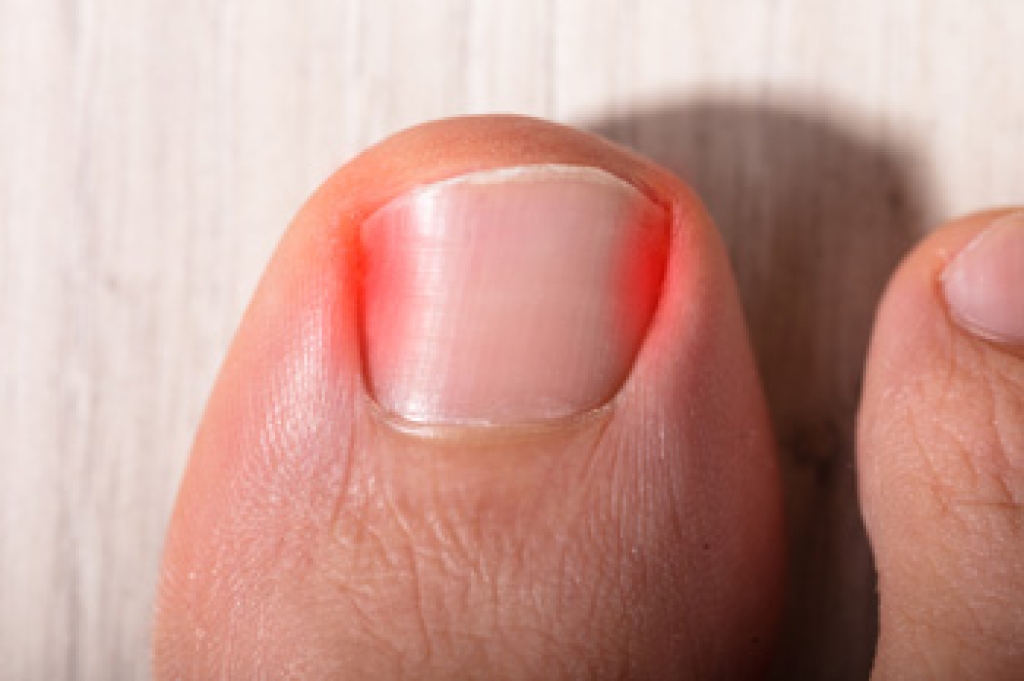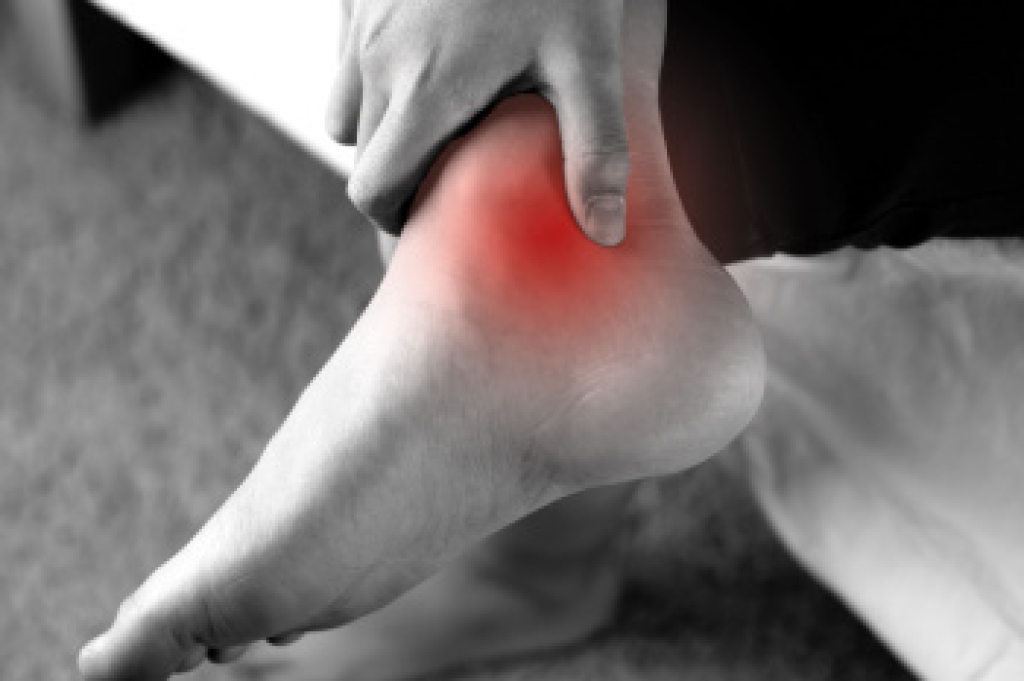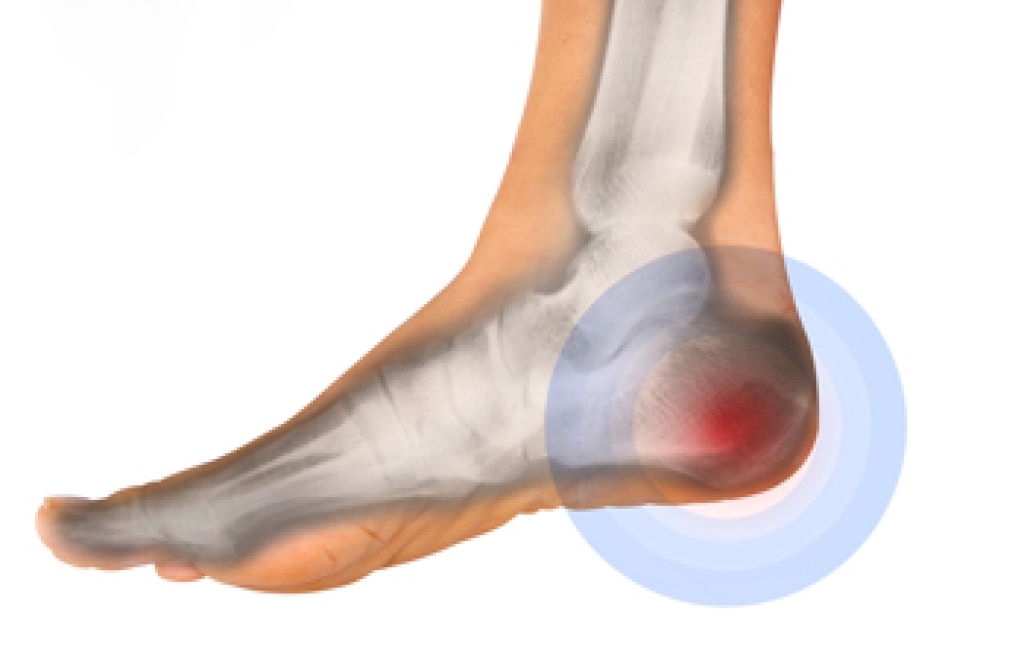
Ingrown toenails develop when the edge of a toenail grows into the surrounding skin, leading to pain, redness, and swelling. This condition can affect people of all ages, from children to older adults. It often involves the big toe and can result from trimming the nails too short, rounding the edges, or wearing shoes that lack adequate support and crowd the toes. Repeated pressure from sports or activities that stress the toes may also cause the nail to grow incorrectly. Some people are born with curved or wide nails that naturally turn inward, increasing the likelihood of ingrowth. If left untreated, the area can become infected and make walking uncomfortable. A podiatrist can remove the portion of the nail pressing into the skin, correct the nail shape, and provide guidance to prevent future issues. If you have developed an ingrown toenail, it is suggested that you schedule an appointment with a podiatrist for a diagnosis and suggested treatment.
Ingrown toenails may initially present themselves as a minor discomfort, but they may progress into an infection in the skin without proper treatment. For more information about ingrown toenails, contact one of our podiatrists of Foot and Ankle Reconstruction of Georgia. Our doctors can provide the care you need to keep you pain-free and on your feet.
Ingrown Toenails
Ingrown toenails are caused when the corner or side of a toenail grows into the soft flesh surrounding it. They often result in redness, swelling, pain, and in some cases, infection. This condition typically affects the big toe and may recur if it is not treated properly.
Causes
- Improper toenail trimming
- Genetics
- Improper shoe fitting
- Injury from pedicures or nail picking
- Abnormal gait
- Poor hygiene
You are more likely to develop an ingrown toenail if you are obese, have diabetes, arthritis, or have any fungal infection in your nails. Additionally, people who have foot or toe deformities are at a higher risk of developing an ingrown toenail.
Symptoms
Some symptoms of ingrown toenails are redness, swelling, and pain. In rare cases, there may be a yellowish drainage coming from the nail.
Treatment
Ignoring an ingrown toenail can have serious complications. Infections of the nail border can progress to a deeper soft-tissue infection, which can then turn into a bone infection. You should always speak with your podiatrist if you suspect you have an ingrown toenail, especially if you have diabetes or poor circulation.
If you have any questions, please feel free to contact our offices located in Woodstock, Jasper, and Marietta, GA . We offer the newest diagnostic and treatment technologies for all your foot care needs.




